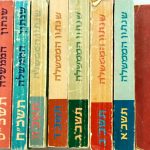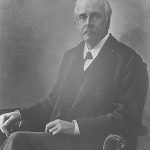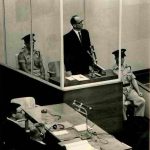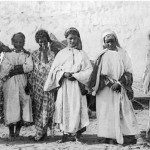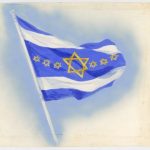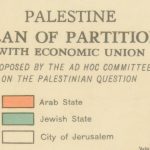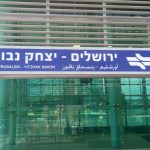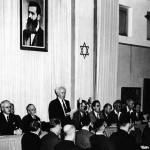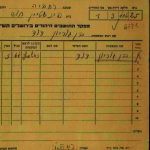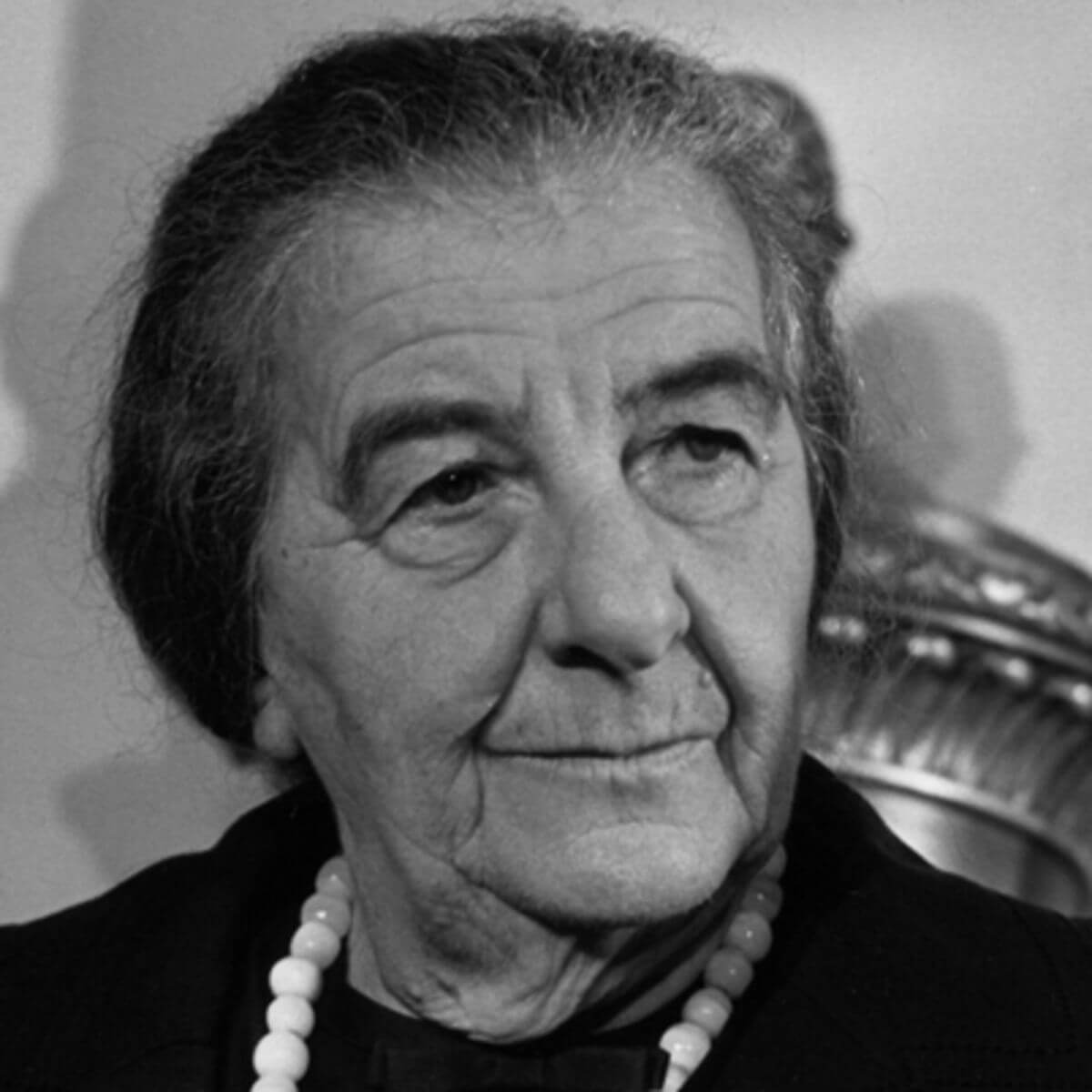“If there is any tangible manifestation of schizophrenia, it was that night”. This is how Prime Minister Golda Meir described the night between 5 and 6 September 1972, when she sat with ministers and senior aides in her home in Jerusalem in a state of high tension, as they followed reports on the operation to rescue the Israeli hostages at the Fuerstenfeldbruck military airfield near Munich. Around 1:00 a.m. a sigh of relief was heard, when news started to pour in from the West German media about the success of the Bavarian police operation. West German radio and television presented official spokesmen reporting that all the terrorists had been killed and all the Israeli hostages were safe, and these reports were widely quoted in the world media. However, the reports received every few minutes from the Israeli ambassador in West Germany, Eliashiv Ben-Horin, painted a totally different picture and aroused concern and uncertainty. He reported that there was chaos on the site, shots were still being heard and it was unclear what had happened. Towards 3:00 a.m., disturbing news began to arrive. Then Zvi Zamir, the head of Mossad, Israel’s Institute for Intelligence and Special Operations, who was at the airfield, told Golda in a telephone call: “I am sorry to tell you but the athletes were not rescued. I have seen them. Not one of them survived.”
This was the tragic end of a drama that began to unfold during the early hours of the previous day. Eight Palestinian terrorists, members of the Black September terrorist group, had stealthily penetrated two out of three apartments on 31 Connollystrasse in the Olympic Village in Munich, which housed the Israeli delegation to the Olympics. Two of the athletes, Moshe Weinberg and Yossef Romano, were murdered on the spot, and nine others were gathered in one room as hostages. The terrorists demanded the release of 232 terrorists held in Israel and another two imprisoned in Germany. After the failed rescue attempt, the affair ended with the death of all the hostages and five out of the eight terrorists.
On the 40th anniversary of the massacre, the Israel State Archives is releasing a collection of 45 documents that present the Israeli government’s actions during the development of the drama, from its beginning until the conclusion and the aftermath. The documents are taken from the Archives collections, and some have been declassified especially for the purposes of this publication. They include cabinet meetings, ministerial consultations, meetings of the Knesset Foreign Affairs and Defence Committee, reports and exchanges of telegrams. In some documents, sections that cannot be published have been deleted. Meetings of the government in its capacity of the Ministerial Committee for Security Matters are referred to but could not be published.
Six of the documents are in English or German. The rest can be seen on our Hebrew website

